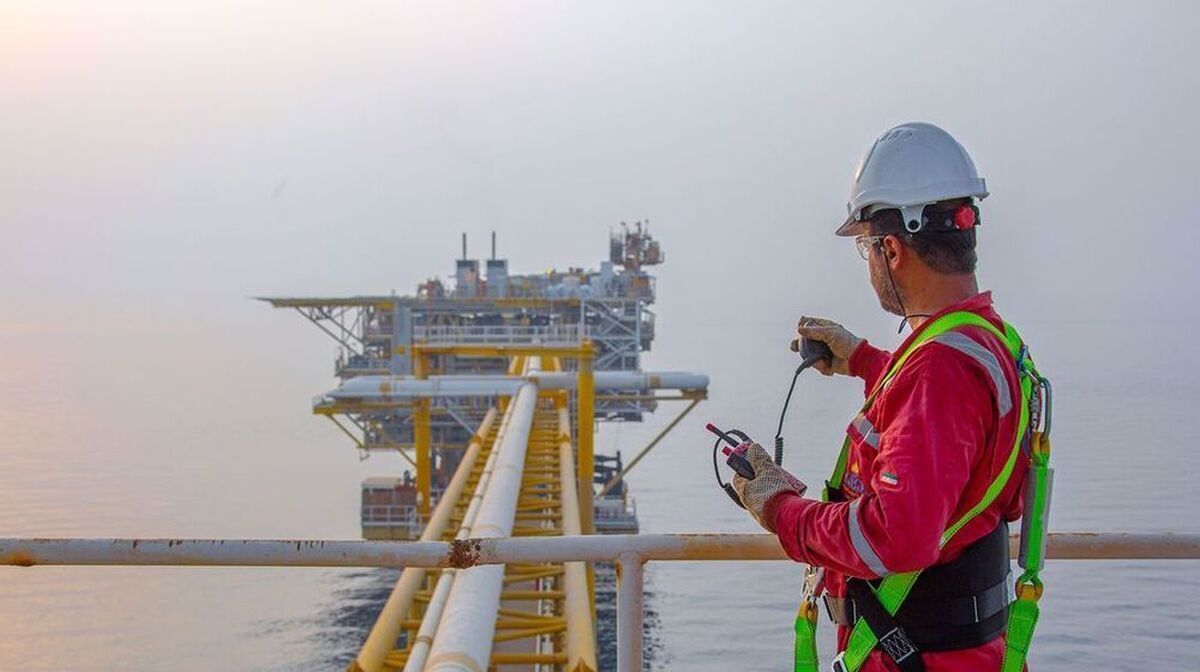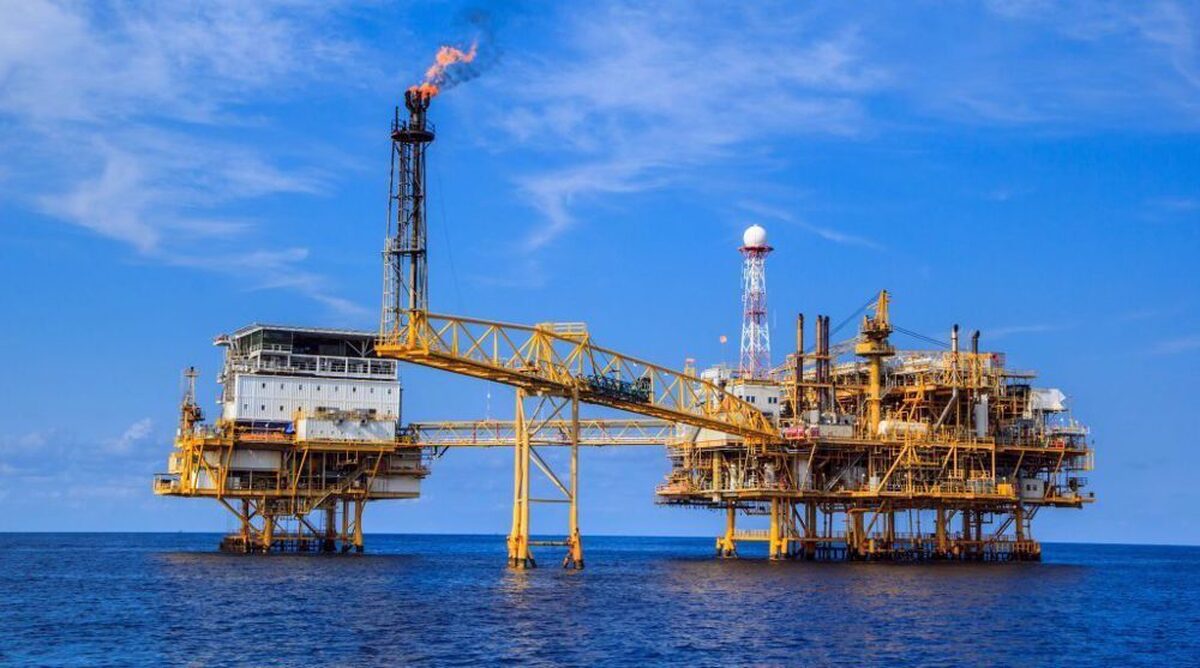
Augmenting South Pars Gas Output on Agenda
EghtesadOnline: In line with plans to augment gas output from the South Pars Gas Field in the Persian Gulf, operations to drill new wells will start in October, the head of Oil and Gas Engineering Department at Pars Oil and Gas Company said.
“POGC, a subsidiary of the National Iranian Oil Company, has conducted comprehensive studies to locate the best area to dig the new wells,” Ali-Akbar Majed was quoted as saying by the Oil Ministry’s news portal.
New wells are expected to make up for pressure reduction in the gas field that will start from 2025 and reduce gas production to as low as 400 million cubic meters in 2032, down 100% compared to the present levels, he added.
The POGC official said close to 350 wells in SP are acidized and perforated regularly to keep production as high as possible, but this cannot continue for long and the drilling of new wells is inevitable.
Output from the giant field is now 700 million cubic meters per day and will reach 1.2 billion cubic meters per day by 2024 and then a downtrend would begin.
According to the POGC official, production is expected to fall by 28 mcm/d, that is 10 bcm per year, as of 2025.
Estimates suggest output will be around 400 mcm/d in 2032, when consumption will exceed 1.5 bcm/d.
"The installation of offshore compressor stations in the field is the only long-term viable option to control pressure reduction," he added.
The field will not be able to produce 700 mcm of gas per day (the current output) forever and the eco-friendly resource should be used as wisely as possible.
Recent reports said household gas consumption has surpassed 680 mcm/d.
Referring to short-term strategies to postpone pressure reduction, Majed said the company has started to acidize offshore wells and this would delay the process by three years.
"By 2025, the pressure is expected to decline by 28 mcm per year unless special platforms and compressors are installed,” he added.
South Pars accounts for 80% of Iran’s gas need and the decline in output will create insurmountable problems for households, industries and thermal power stations.
Generating Revenues
NIOC has generated almost $355 billion in revenues over the last 18 years by selling the gas field’s products, including gas condensates, natural gas and its derivatives, Mohammad Meshkinfam, the managing director of POGC, said.
“The company has extracted around 2 trillion cubic meters of gas from the field since 2002.”
Iran’s daily withdrawal from SP was 282 million cubic meters per day in 2013, but it has now reached 700 mcm/d.
“The giant hydrocarbon field accounted for 10% of Iran’s gas production in 2002. Nevertheless, the share has now risen to 70%,” he said.
The POGC chief said an estimated $50 billion are needed to develop and maintain gas fields across Iran over the next 20 years.
“Of the total investment, about $30 billion would be for projects in the giant South Pars Gas Field,” he added.
South Pars, the world's largest proven offshore natural gas reservoir in the Persian Gulf, contains at least 12 trillion cubic meters of gas, of which 2 tcm have been extracted by Iran in the past 18 years.
Meshkinfam said that of the total reserves, close to 9 tcm are extractable.
“So far, $78 billion have been invested to develop SP since 2002 when the field’s daily output was 32 million cubic meters. The field then accounted for less than 10% of Iran’s gas requirements,” he added.
Giving a breakdown, the POGC managing director noted that around $9 billion were spent on the field between 2002 and 2006 to boost production by 113 mcm/d after four years and output reached 145 mcm/d in 2006.
“Between 2006 and 2013, NIOC invested $45 billion in the gas field and daily output approached 287 mcm,” he said.
Close to $24 billion have been spent to develop the field since 2013 and production is currently around 680 mcm/d, accounting for 70% of the domestic need for the eco-friendly fuel.
“To reach 1.5 bcm/d, NIOC needs at least $30 billion over the next two decades,” he said.
Meshkinfam announced that 10 new gas fields have been discovered, mostly in the Persian Gulf.
The huge gas field, which Iran shares with Qatar, covers an area of 9,700 square kilometers, 3,700 square kilometers of which (South Pars) are in Iran’s territorial waters and the rest (North Dome) is in Qatari waters. It is estimated to contain large deposits of natural gas, accounting for 8% of the world’s known reserves and approximately 18 billion barrels of condensates.
South Pars has 24 phases, all of which, except Phase 11, are operational. The mega project includes 39 offshore platforms.




